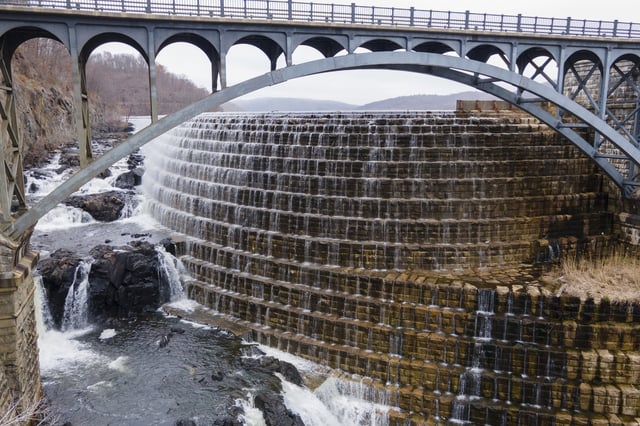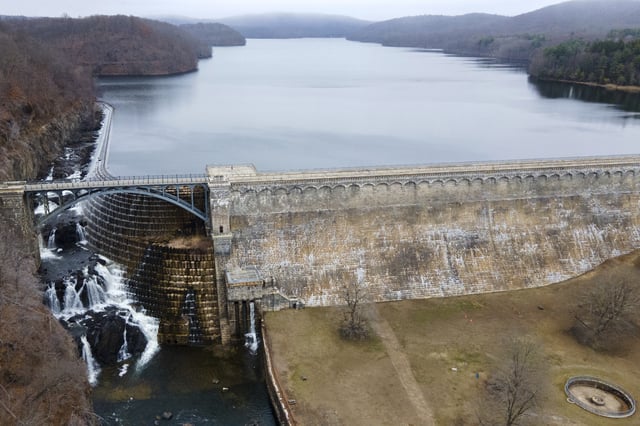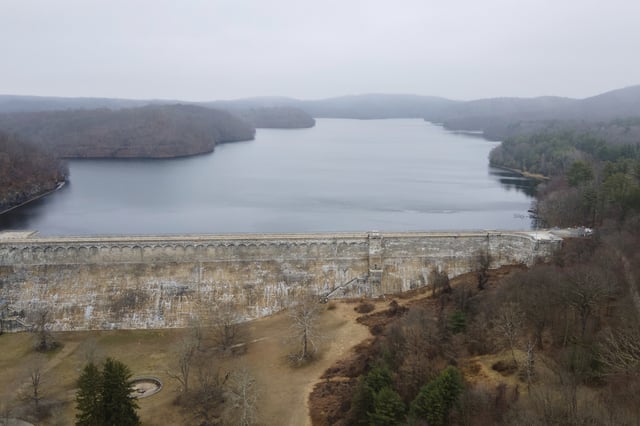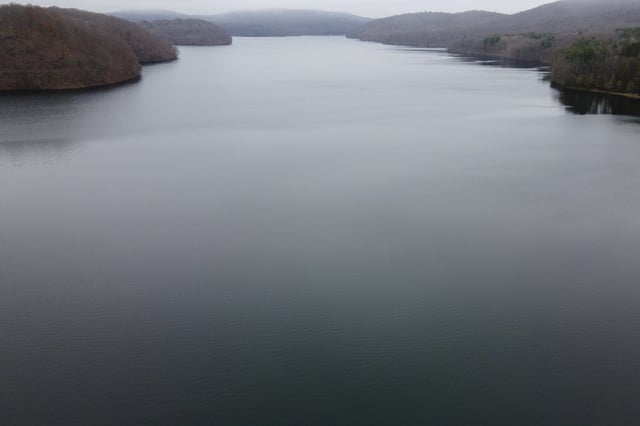Overview
- The Croton Water System, which supplies 10% of New York City's drinking water, faces rising salinity levels primarily due to road salt, wastewater discharges, and water softeners.
- Chloride concentrations in the Croton system's main reservoir have tripled since 1987 and are projected to exceed state limits by 2108 if no action is taken.
- City officials warn that the system may need to be abandoned by 2100, impacting millions of residents and municipalities reliant on its water.
- Proposed mitigation strategies include reducing road salt use, implementing reverse osmosis systems, and blending Croton water with less salty sources, though challenges remain.
- Legislative efforts, led by State Senator Pete Harckham, aim to address road salt use and study its environmental impact within the watershed.



